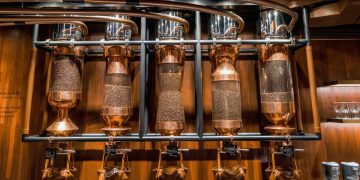Supply Chain Report – 10/20/2025
Coffee lovers across the United States are feeling the impact of rising prices as new import tariffs increase costs for roasters and retailers. The price surge has affected both small coffee businesses and everyday consumers, reshaping the economics of one of America’s most popular beverages.
According to recent data, retail coffee prices jumped nearly 21% in August compared to the same month last year. Analysts say the latest round of tariffs has contributed to the rise, with Brazil—the largest coffee supplier to the U.S.—facing a 50% duty, while Vietnam’s rate stands at 20% and Colombia’s at 10%.
The United States imports over 99% of its coffee, the National Coffee Association reports. Based on figures from the UN Comtrade Database, the top suppliers are Brazil (30.7% of U.S. imports by net weight), Colombia (18.3%), and Vietnam (6.6%). With new trade duties in place, industry experts say the added costs are filtering through the entire supply chain, ultimately reaching consumers.
Data from Toast, a restaurant management software provider, shows the average price of regular coffee in restaurants rose to $3.52 in August, 10 cents higher than a year ago. In Washington, D.C., a regular hot coffee now averages $4.21, while a cold brew costs around $5.35—both up around 4% year-over-year.
Small Businesses Feel the Strain
Independent coffee shops and regional roasters are among the hardest hit. Swing’s Coffee Roasters, a D.C.-based company founded in 1916, has faced mounting operational expenses. Owner Mark Warmuth said tariffs have created a “difficult situation across the board,” adding that “consumers are ultimately footing the bill.”
Warmuth estimated that a single cup of coffee could rise by 10 to 15 cents, though he noted the increase in bean prices does not directly translate to a proportional jump in retail prices. “Even if import costs rise by 50%, it’s unlikely you’ll see that same level of increase per cup,” he explained.
Despite higher prices, Warmuth said coffee remains an “affordable luxury” for many. “A 50-cent increase might not stop someone in downtown D.C. from buying their morning coffee,” he added.
At Vigilante Coffee Company, which operates in Maryland and California, owner Chris Vigilante said the average cost per pound of beans has risen from $4 to as much as $6. The company sources beans from Brazil, Indonesia, Ethiopia, and Colombia. To keep prices stable, Vigilante said his team is exploring diversifying imports from other regions to maintain a balance between quality and affordability.
Despite the challenges, he remains optimistic. “There are still ways people can enjoy great specialty coffee that works for their wallet,” Vigilante said.
Industry Adapts to Higher Costs
Some relief could be on the horizon. In September, Representatives Don Bacon (R-Nebraska) and Ro Khanna (D-California) introduced the bipartisan “No Coffee Tax Act,” which aims to exempt coffee imports from tariffs. The proposal, if passed, could help lower costs for roasters and consumers alike.
Until then, businesses are continuing to adapt. Doug Ilg, owner of Celtic Cup Coffee Roasting in Maryland, said his company has stopped sourcing from Brazil due to the steep 50% tariff. “We’ve noticed a sharp increase in costs over the past eight months,” he said. “Customers are paying around 63 cents more per pound of beans compared to earlier this year.”
The rising expenses have created uncertainty for small and medium-sized roasters, who often operate with tighter margins and less flexibility than large corporations. Erin McLaughlin, a senior economist at the Conference Board, noted that many consumers are adjusting their habits as prices climb. “They may switch brands, seek discounts, or choose lower-priced options to save money,” she explained.
Meanwhile, Joel Finkelstein, owner of Qualia Coffee, which sells at farmers’ markets around D.C., said long-term planning has become difficult. “Every small business is reassessing whether it makes sense to stay open,” he said. “It’s really hard to predict where we’ll be a year from now.”
Consumer Behavior Shifting
Even with prices up, experts say coffee remains a staple for many Americans. Some may cut back on frequency, but few are expected to give it up entirely. “People might brew more at home or switch to more affordable brands,” McLaughlin said, “but coffee is still seen as a small, daily comfort that consumers are willing to pay for.”
As roasters navigate supply challenges and evolving trade conditions, both businesses and consumers are preparing for a period of continued adjustment. Whether relief will come through policy changes or market adaptation remains to be seen.
#EconomicUpdate #TradePolicy #CoffeeIndustry #USMarkets #ConsumerImpact

















